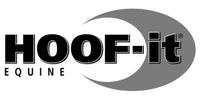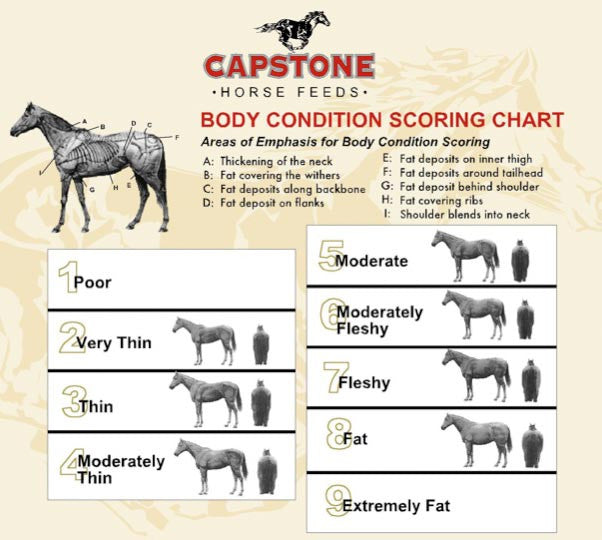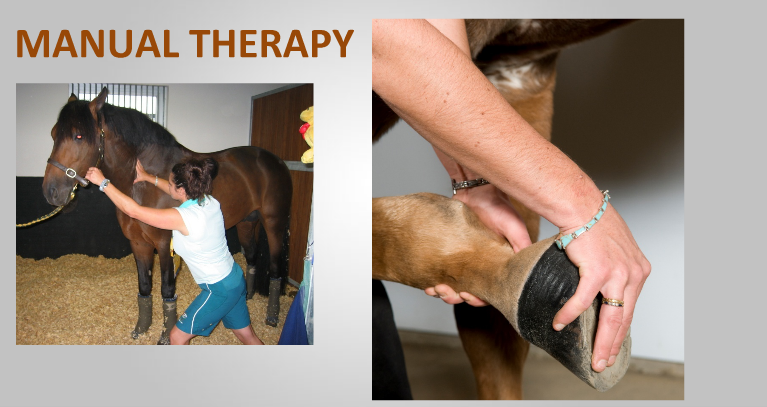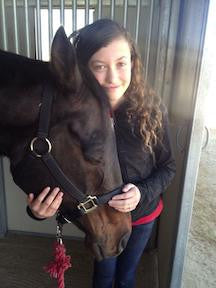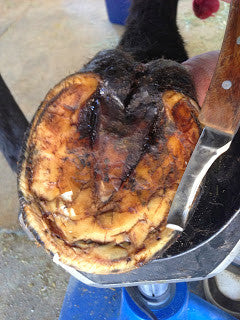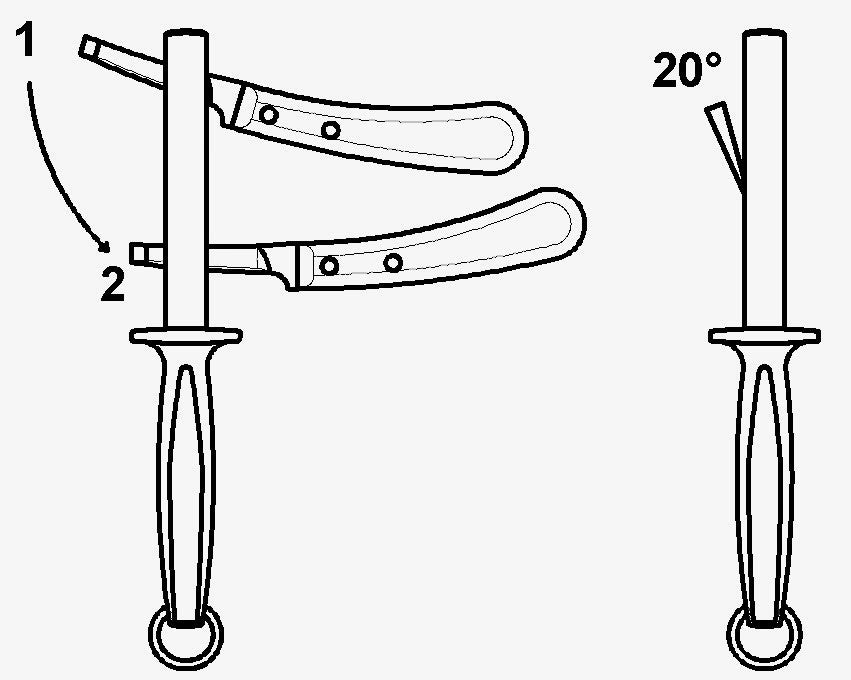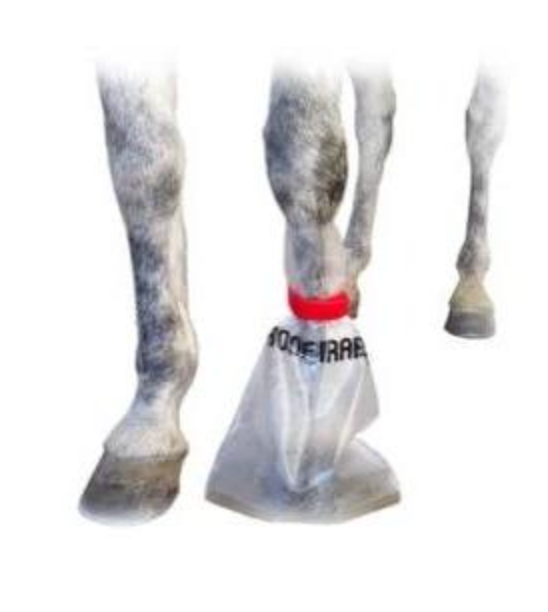Treating Hoof Thrush
This spring as you go about your routine of picking out your horse’s hooves, you may discover an unusual thick black discharge and foul smell around the frog. These are the early signs of the hoof disease thrush. Thrush is an infection of the frog and of the surrounding tissue of the hoof. The bacteria associated with thrush infect the collateral and central sulci (creases) of the frog. The bacteria thrive on lack of oxygen, breaking down the tissue of the hoof. This breakdown results in the foul odor and black discharge. If thrush is left untreated it can turn into a very painful problem in the heel area of your horse.A wet environment that is made up of urine and acidity from manure is a breeding ground for the anaerobic bacterium that are attracted to any dead tissue that is on your horse’s frog. Also, people who have horses in a climate similar to the Pacific North West should keep a close lookout for this disease due to the constant dampness. The good news is that thrush is anaerobic, which means that this bacteria cannot live in the presence of air. The best way to avoid it in the first place is to keep your horse’s feet dry and clean so air can reach the tissue of the frog. A daily hoof picking does wonders. If not caught in the early stages the bacteria will form deep seated pockets and literally drill into the frog eating away the remaining healthy tissue.
If you do happen to notice a pungent odor and a black discharge from your horse’s frog, some treatment will be necessary. Mild cases of thrush can be treated by removing dead tissue by trimming, scrapping, and vigorous scrubbing (debriding), of the frog and hoof wall. Moderate cases will need to be scrubbed with an antiseptic and treated daily with a topical spray after trimming and debridement. Severe cases of thrush will need repeated intense debridement followed by sterile bandaging and a quality topical thrush treatment. Your veterinarian may also recommend a tetanus shot.
With a careful eye, good hygiene, and quick treatment if needed, you will be able to prevent thrush from delaying you and your equine partner’s long past due spring ride.
If you have had any experience with thrush please post your comments here and share your knowledge with your fellow horse owners.
